Last Updated: September 4, 2024
“Banja-what? Banja like the Russian stream room?” said our friends when we told them we were traveling to Banja Luka. Not one of them has heard of this city, so we explained that it’s the regional capital of the Serb-governed area of Bosnia and Herzegovina. They were not entirely wrong about the name, though. It originated from the Turkish-Bosnian word for the spa because of the natural hot springs found in the area.
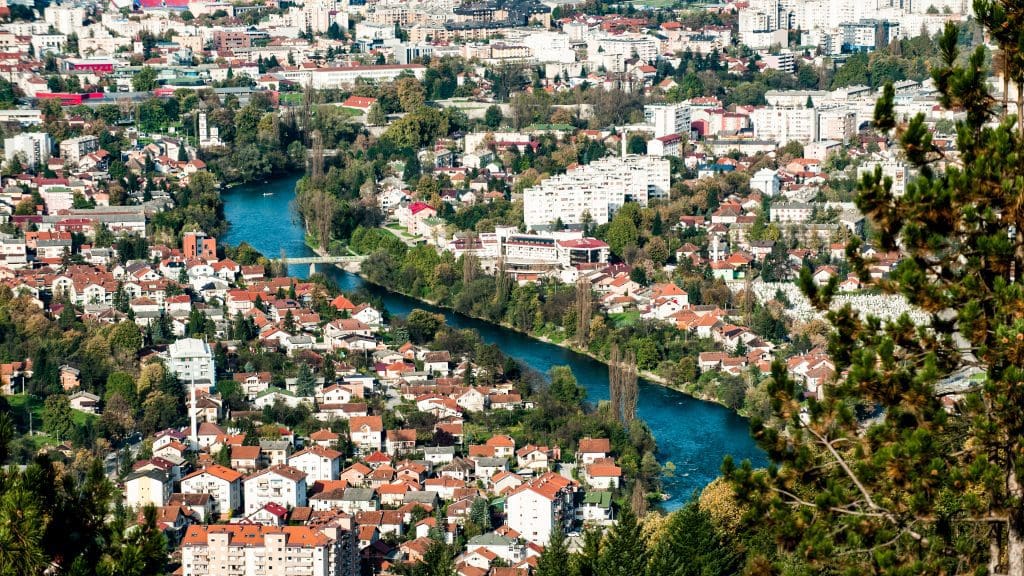
“Why don’t you go to Paris or Milan instead?” we got asked. Some of you may be wondering the same thing, though if you are reading this, your curiosity about Banja Luka has already been sparked. The main appeal for us was perhaps the fact that there is so little information on tourist attractions in Banja Luka. Discovery is why we travel, after all. So, let us entice you by sharing five reasons to add Banja Luka to your Balkan Itinerary.

1. Historical Sites and Modern Quirks
Banja Luka has been inhabited since the first few centuries AD, and its historical sites, the ones that survived, have many stories to tell. The best place to start is the Republike Srpske Museum, which explains the history of the Serb ethnic group in Bosnia, archaeological discoveries, World War II, and Bosnia’s recent history from a Serbian perspective.
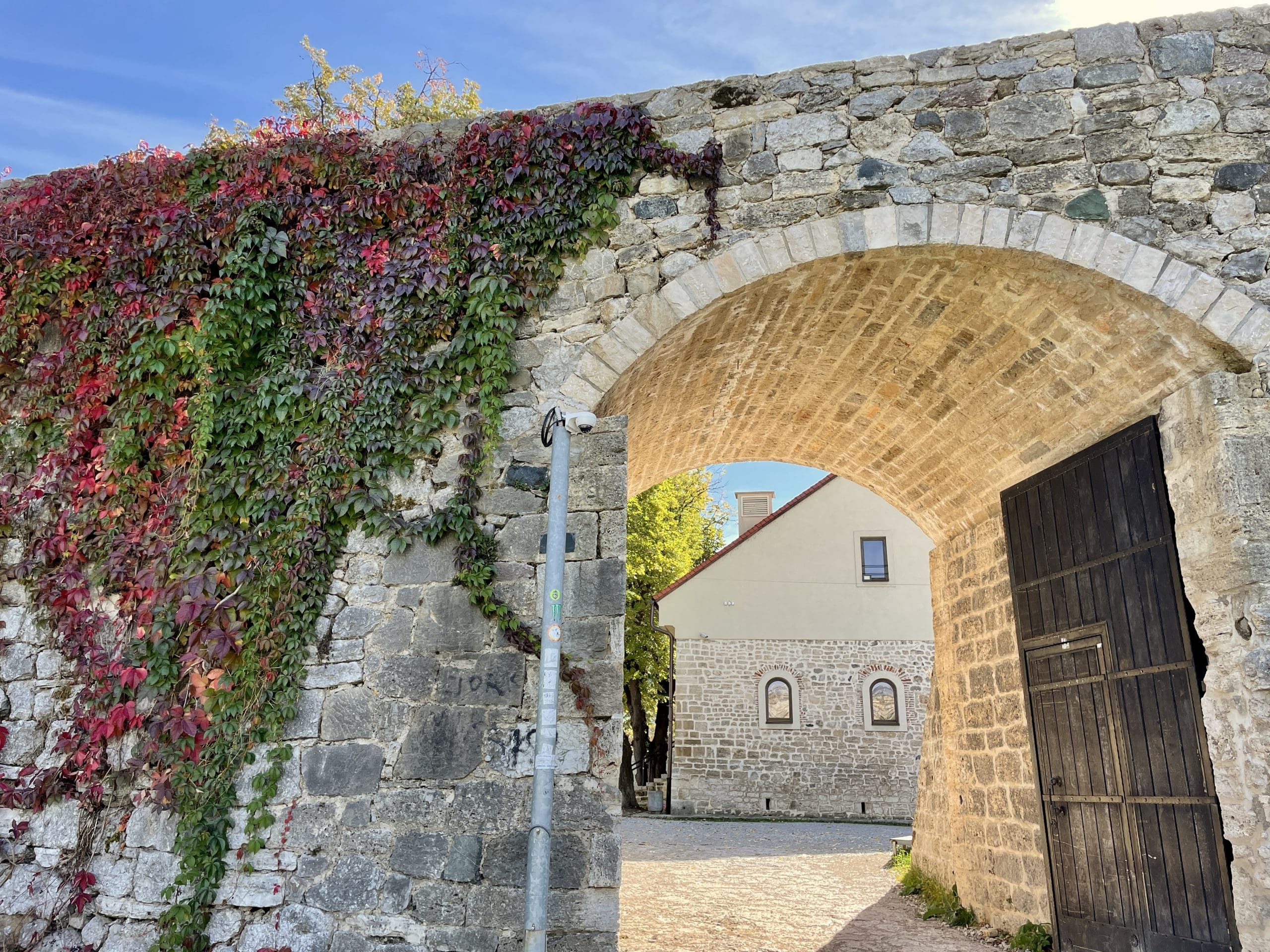
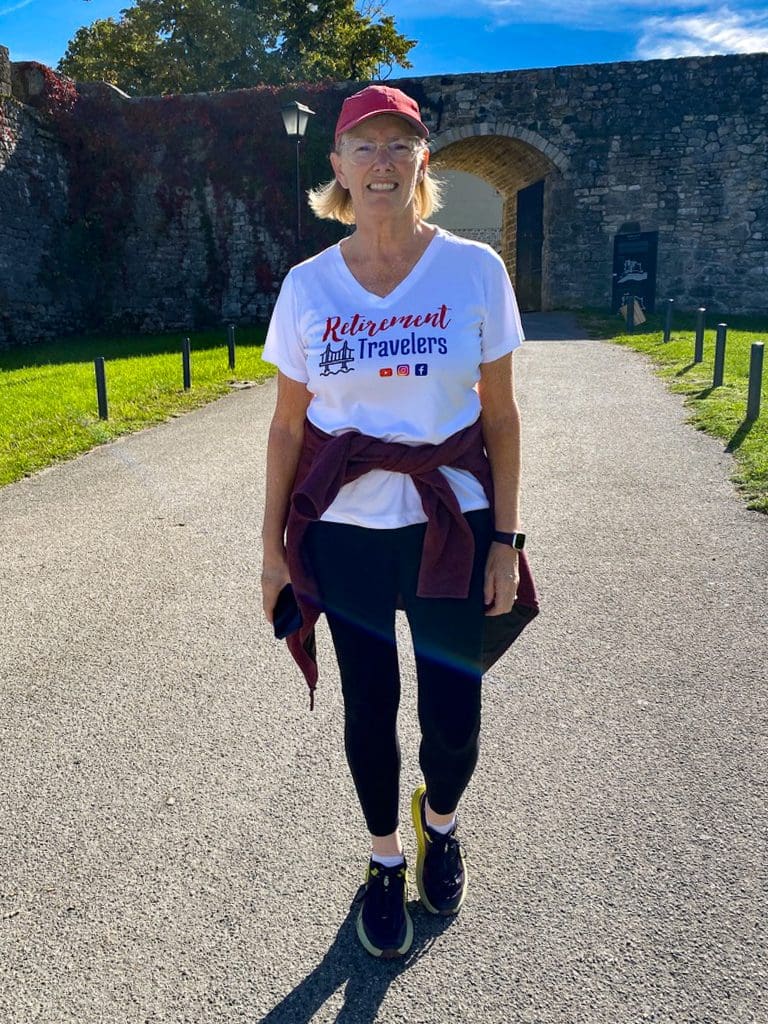
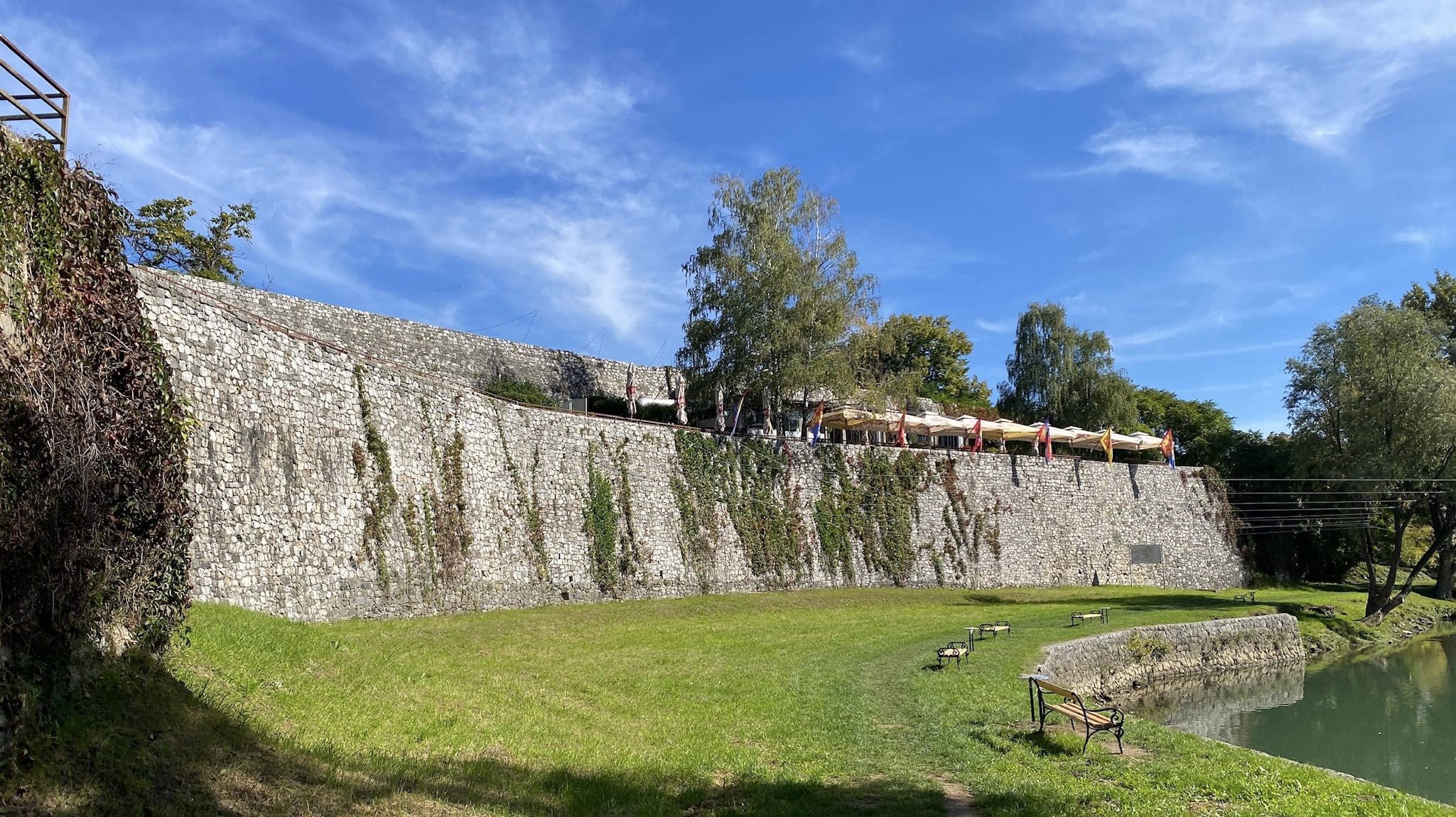
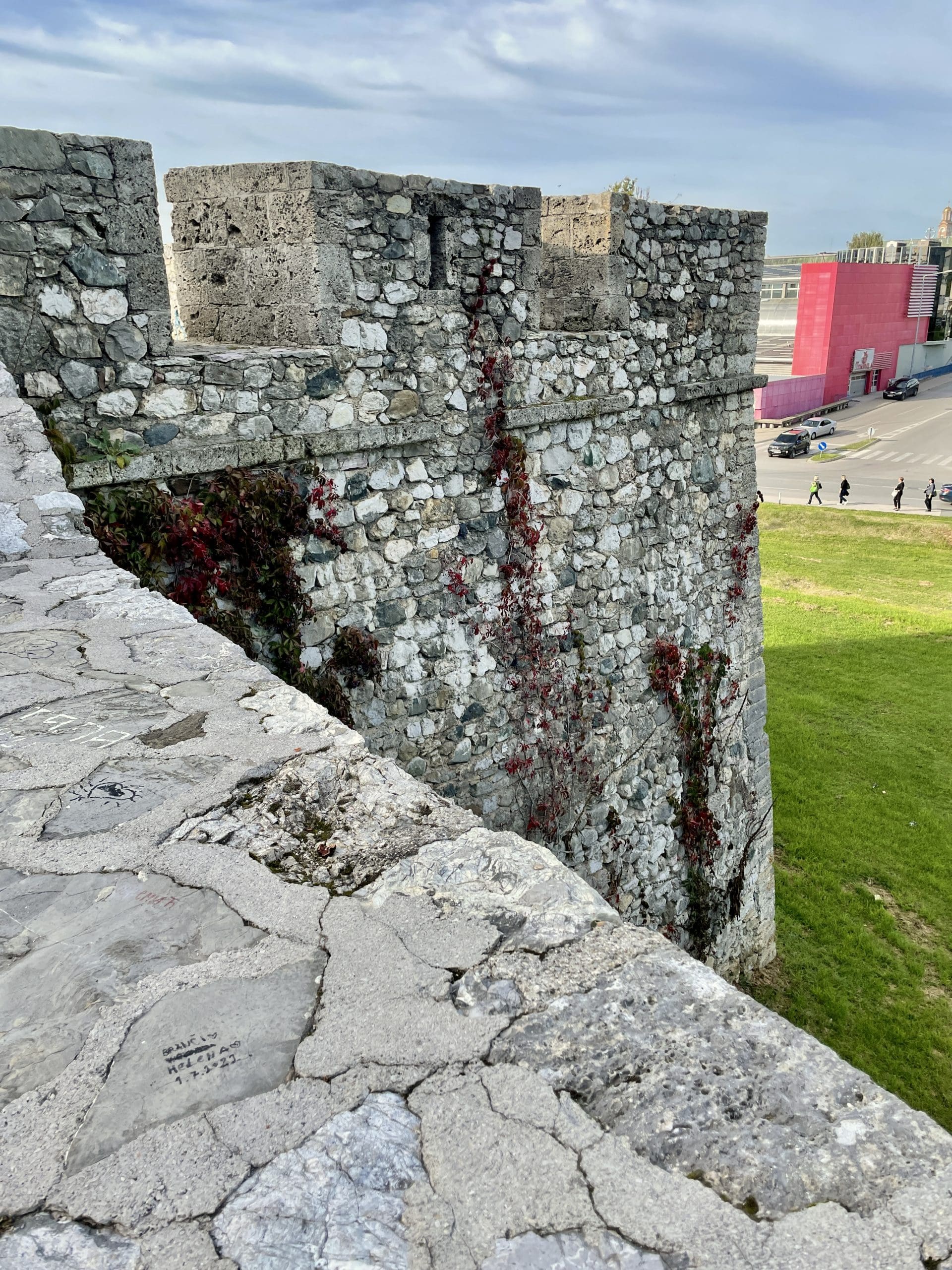
The Amazing Kastel Fortress
Kastel Fortress is another place that lets you peek into history, located in the heart of Banja Luka along the Vrbas River. Its ancient stone walls house a Roman sarcophagus and offer stunning views over the river. Don’t expect sweeping views for days, though. Unlike the majority of other forts we’ve seen, this one is not situated on an elevation, perhaps because it was built to protect the Roman Salt Route, which stretched from the Adriatic Sea through Banja Luka, rather than to protect the city from invaders.
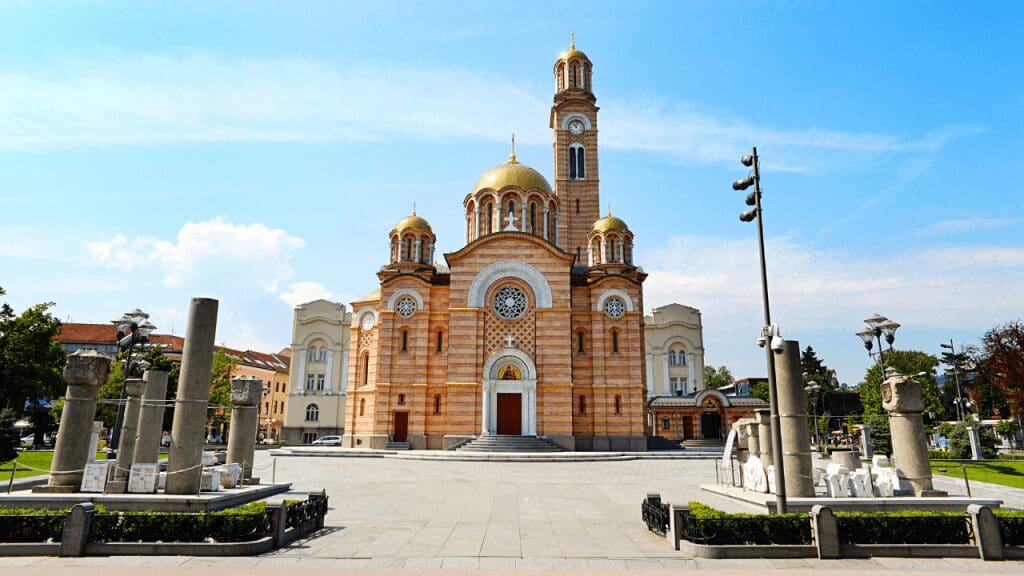
Orthodox Cathedral Christ the Savior
The Orthodox Cathedral Christ the Savior is Banja Luka’s most iconic structure, located on the main square. Built in the 1920s, the cathedral has been restored since World War II. Visitors are welcome to admire the elaborate decorations inside. Ferhat Pasha Mosque is the other important landmark, erected by the Ottomans, and considered one of the best mosques in the region with breathtaking details like stained glass and a delicately painted dome. Knowing it was destroyed along with 16 other mosques during the Bosnian war and took nine years to rebuild makes the experience even more stirring. Upon closer inspection, both the Orthodox Cathedral and Ferhat Pasha Mosque show original fragments intertwined with restored structures.
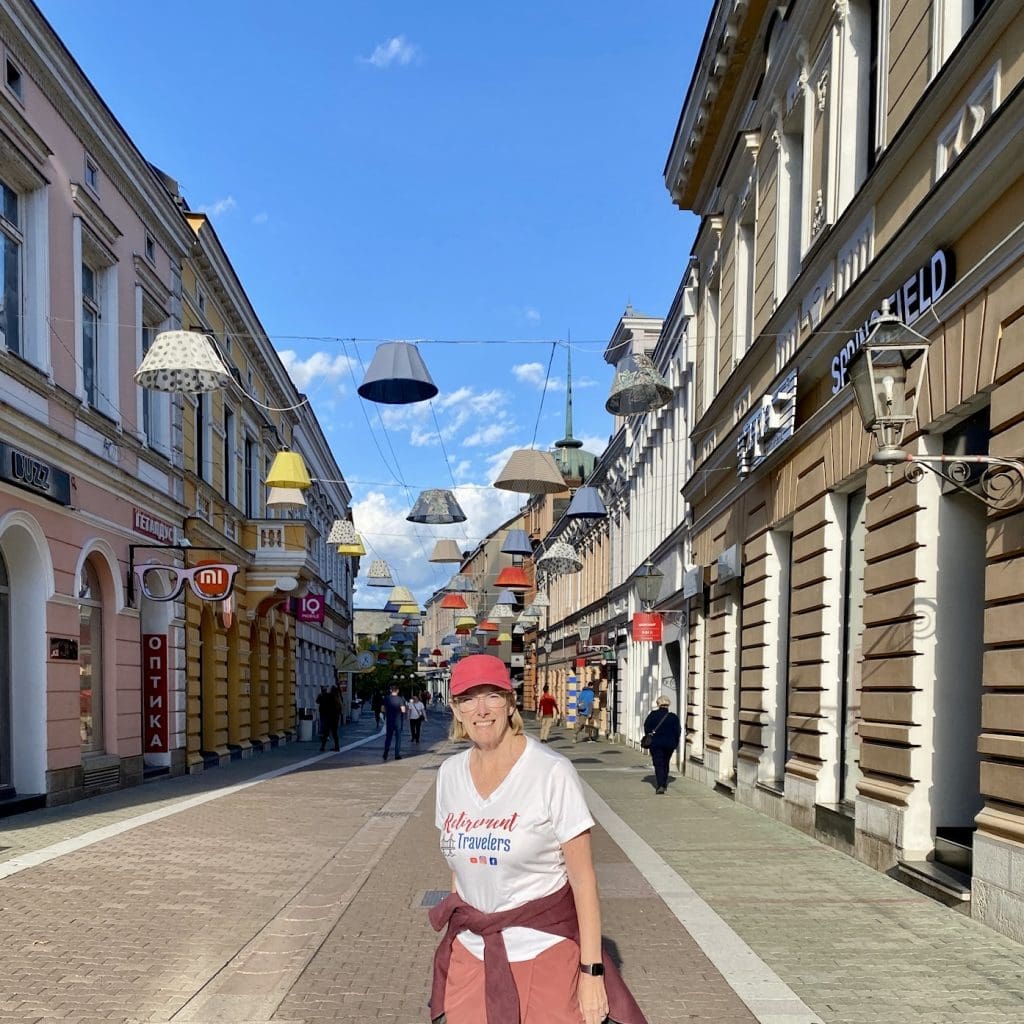
Gospodska Street
The pedestrian Gospodska Street is where the city’s elegance is pooled to be enjoyed by locals and tourists alike. It is the oldest street, decorated with Neo-Renaissance and Art Nouveau buildings, the bottoms of which are occupied by clothing boutiques, jewelry shops, and dining venues.
Borik district is mainly a residential area, but the walls of apartment buildings are covered in giant elaborate street art. The murals are painted by international artists, and the collection is ever-growing, like an outdoor museum. The actual Museum of Contemporary Art features work by local artists, and many paintings depict post-war Bosnia and Herzegovina. The museum is set in an old Austro-Hungarian train station, considered one of the most beautiful buildings in the city.
2. Endless Hiking Opportunities
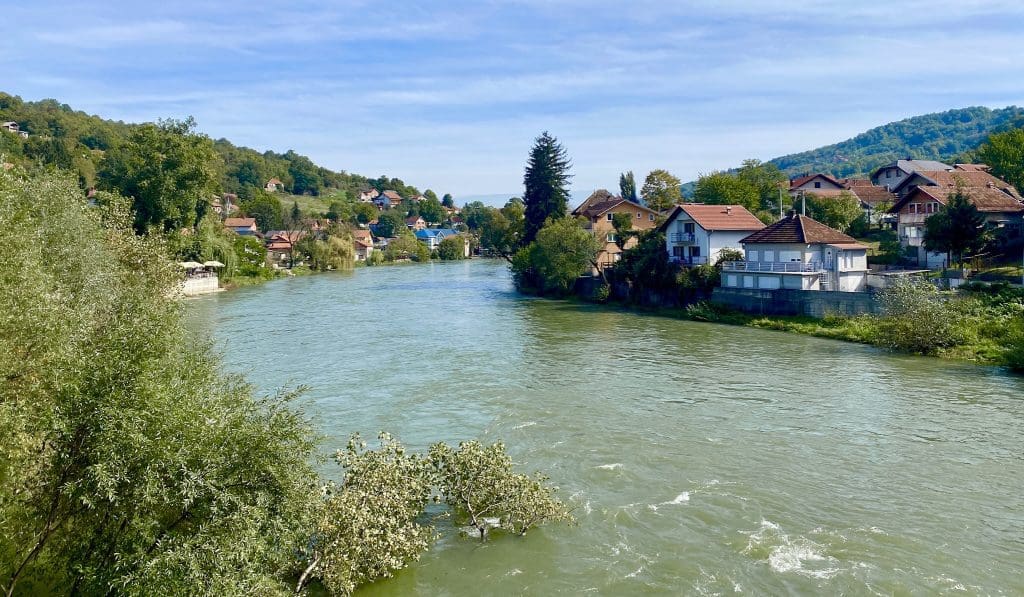
Aside from the nature spots surrounding the city, Banja Luka straddles the emerald Vrbas River, so you don’t have to leave the city to get a peaceful stroll or a scenic run. The river is aptly named for the numerous willow trees that dip their branches in the water and provide a canopy-like shade for pedestrians. If you fancy really long walks, follow the Vrbas river out of the city until the Krupa confluence, and you’ll stumble upon the Krupa waterfalls.
The small nest of waterfalls with the wooden mill and the bridge hanging over the river is picturesque. The journey will take five and a half hours, longer if you stop at riverside restaurants and campsites along the way. Alternatively, you can get there by car in 30 minutes. The waterfalls are located in the town of Krupa na Vrbasu, undoubtedly the best day trip from Banja Luka. In addition, there are stunning canyons and rivers where you can go rafting in the summer.
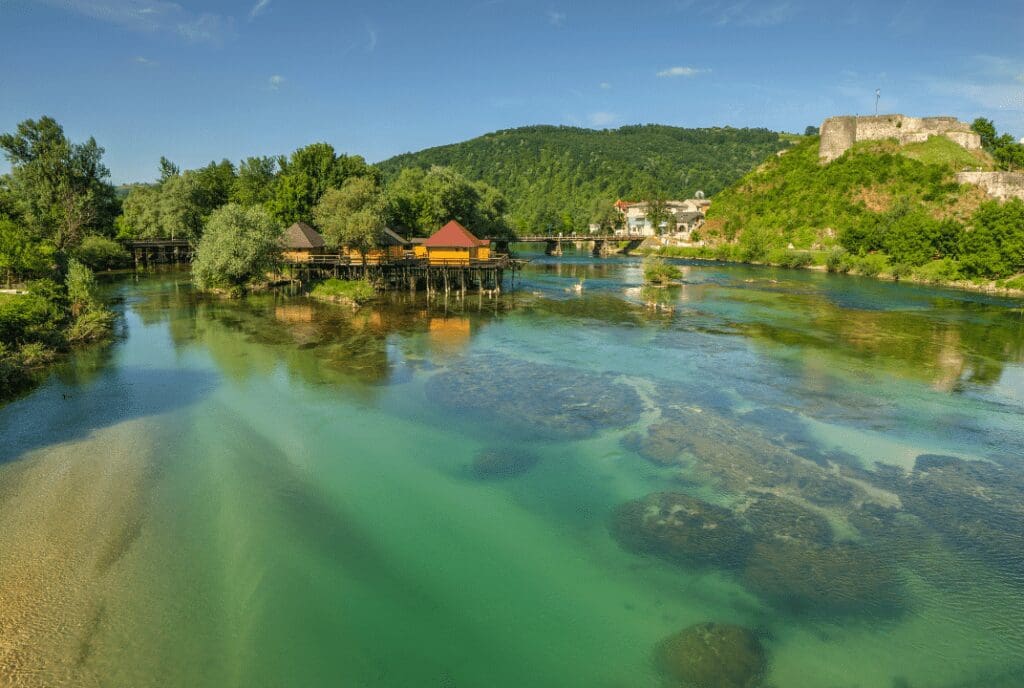
Just further down the river is a breathtaking historic landmark Greben Fortress. Perched high on a mountain range, the remains of the fortification would blend in with the cliffside if not for a single tower sticking out at the top, offering stunning views over the river.
3. Affordable Prices
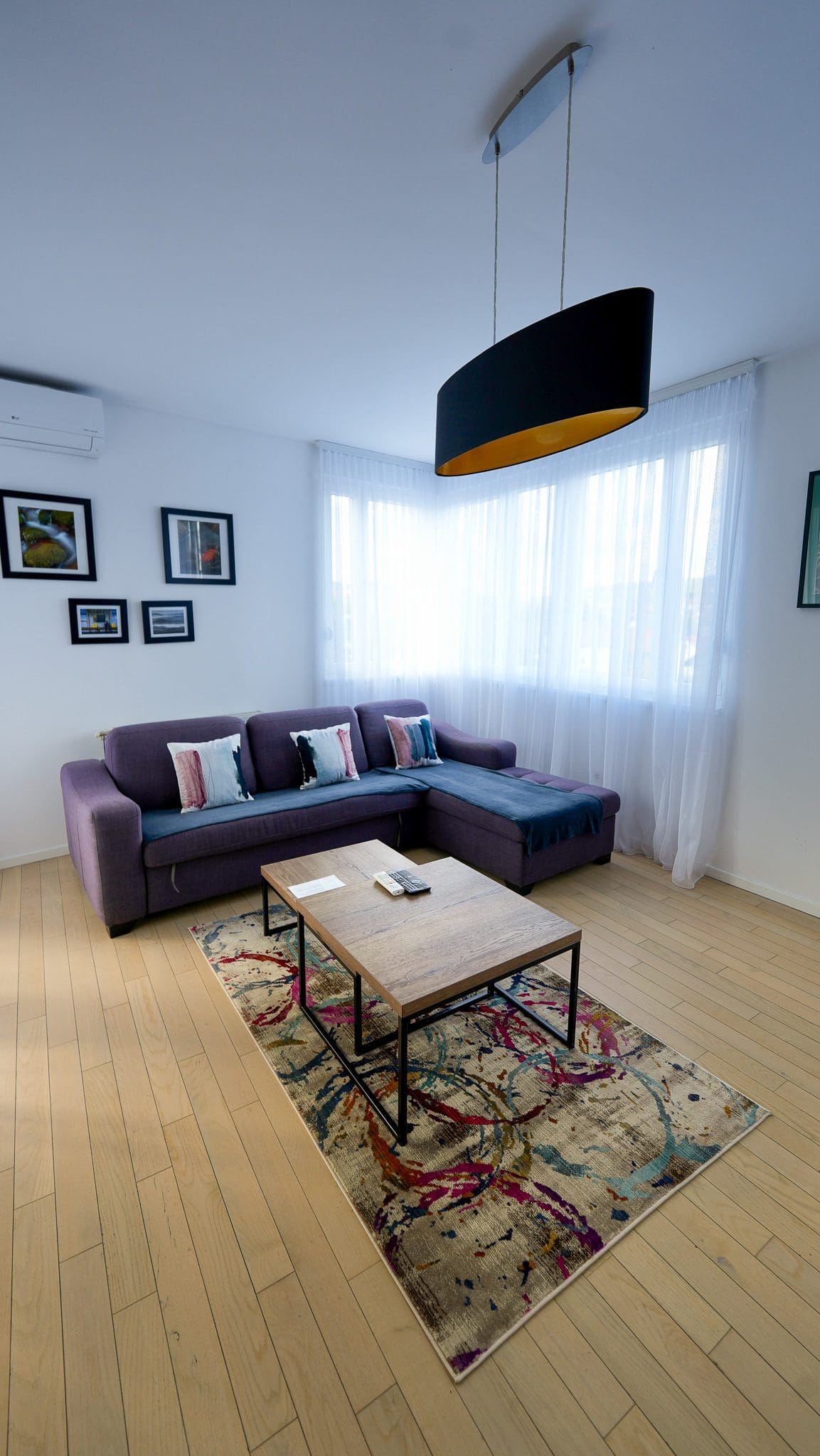
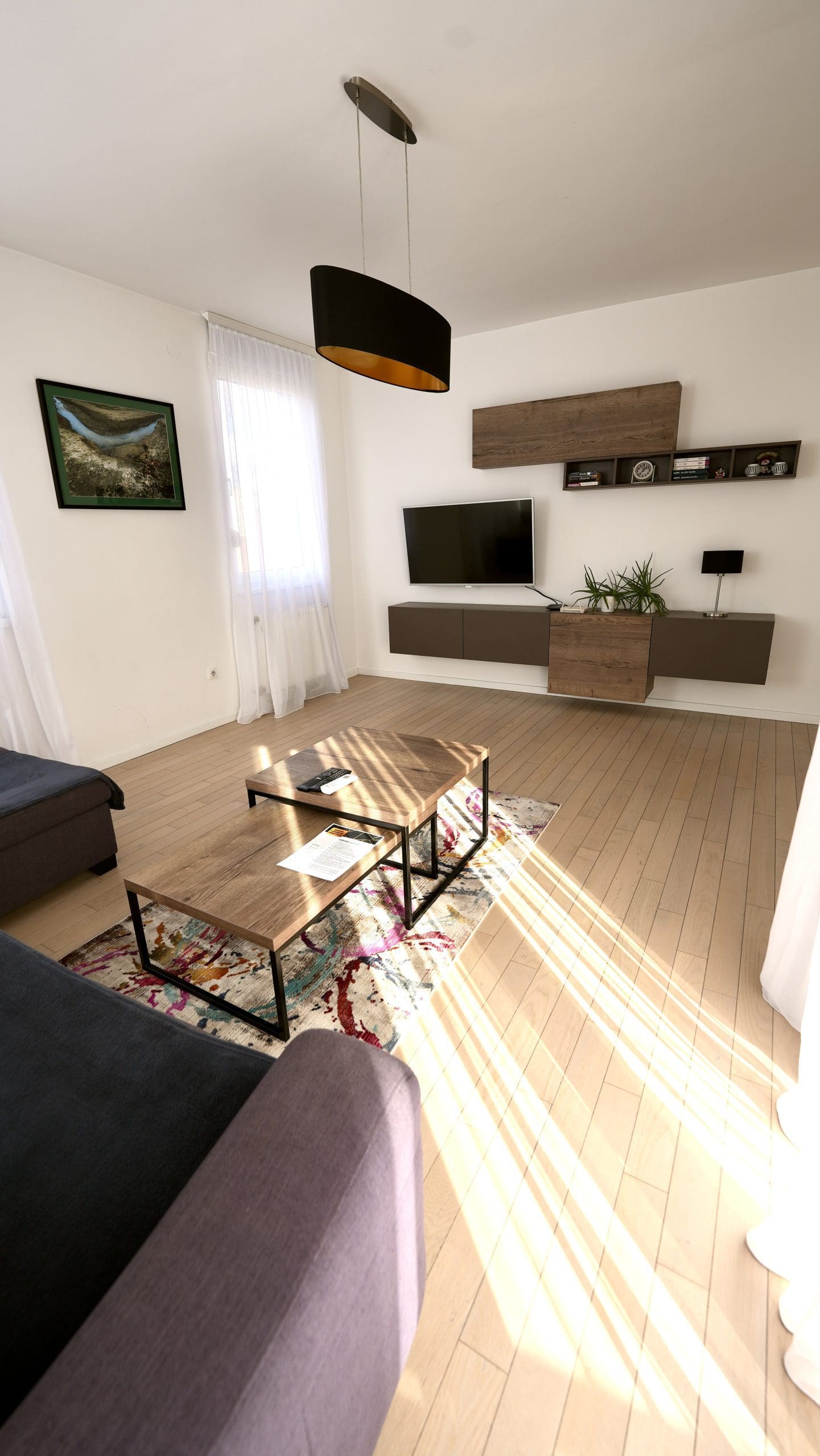
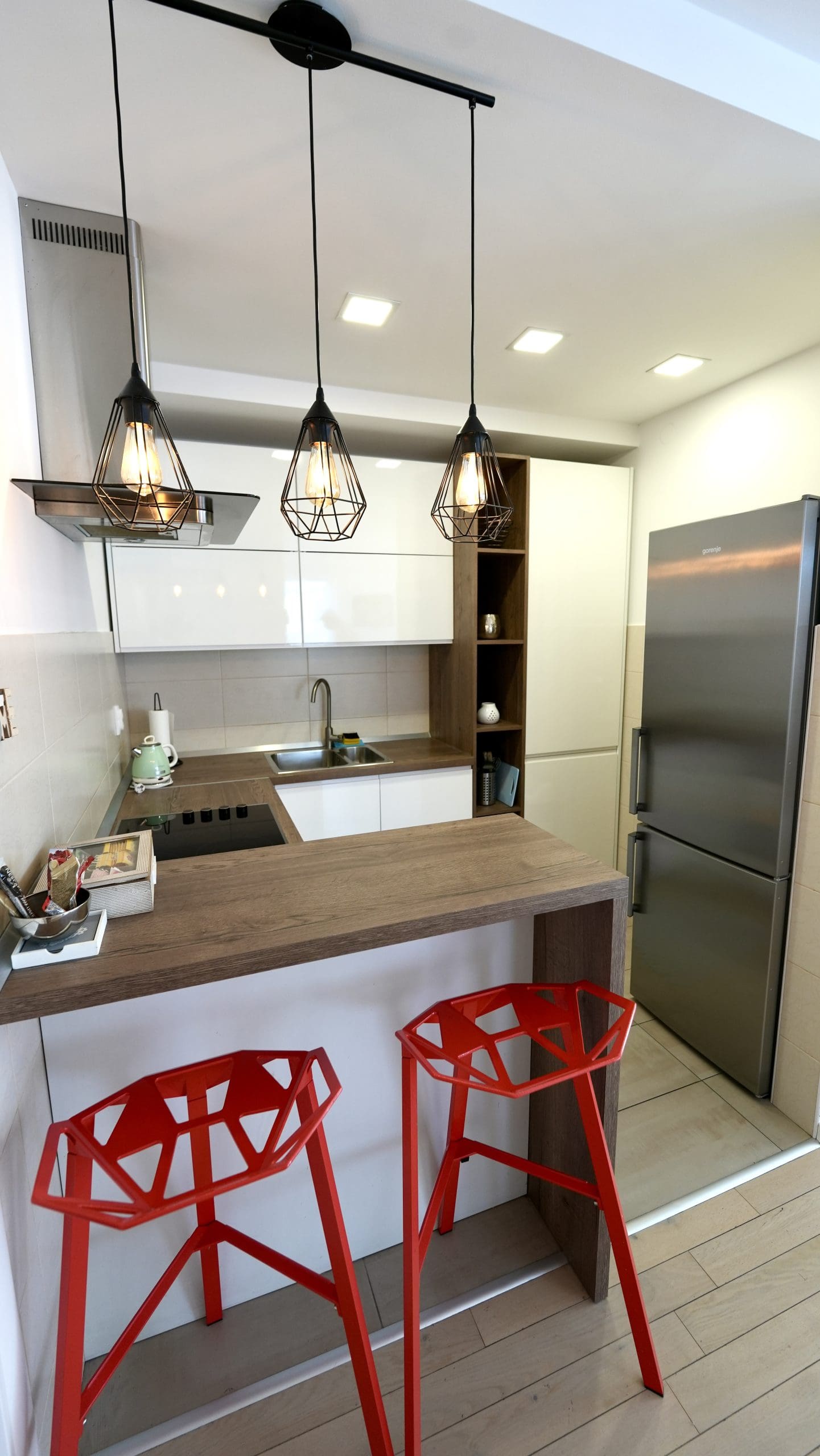
Banja Luka is an ideal destination for budget travel, even if you decide to splurge. So much so that visitors from the neighboring countries leave with extra suitcases of newly purchased clothes, accessories, and home goods because things are less expensive in Banja Luka. The point is, if you come for a couple of days and will inevitably fall in love with Banja Luka, it won’t break the bank to extend your trip for a few days longer, which is well worth it. Like many locations in the Balkans, we stayed in a very modern Airbnb with the most gracious host. The unit had everything we needed and more rooms than we could use. Check out the link here.
4. Scrumptious Dishes
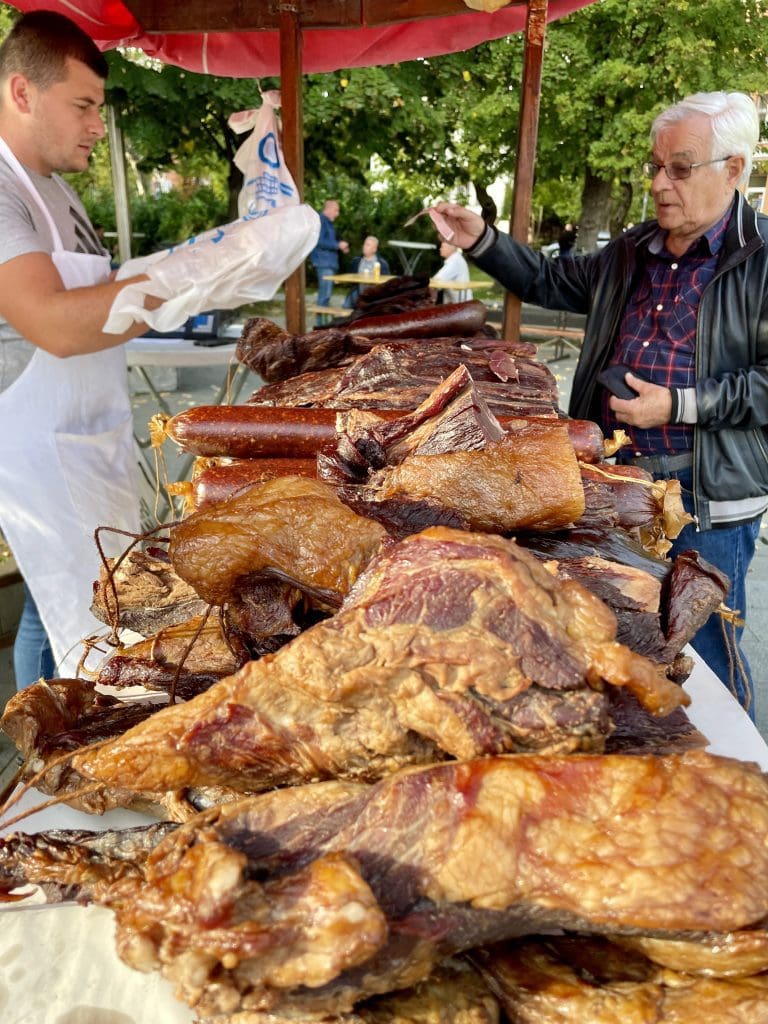
Cevapi for Meat Lovers
Meat lovers will have struck gold by opening a menu at local restaurants. Banja Luka’s cuisine is heavily meat-focused, and their dishes are Serbian-influenced. But the shape of the local cevapi is a trademark. They are meat patties similar to kebabs but square-shaped. Cevapi are grilled with traditional pita bread, seasoned with a local secret potion, and then served wrapped in a pita with onion. Traditionally, you enjoy the dish accompanied by a local beer. Trappist monks from the local Trappist monastery, one of the 169 left in the world, brewed the beer until being forced to rename the refreshing elixir to ‘nectar’ with the arrival of communism. So now you can enjoy your cevapi with a bottle of Nektar Pivo, the best-selling beer in Bosnia and Herzegovina.
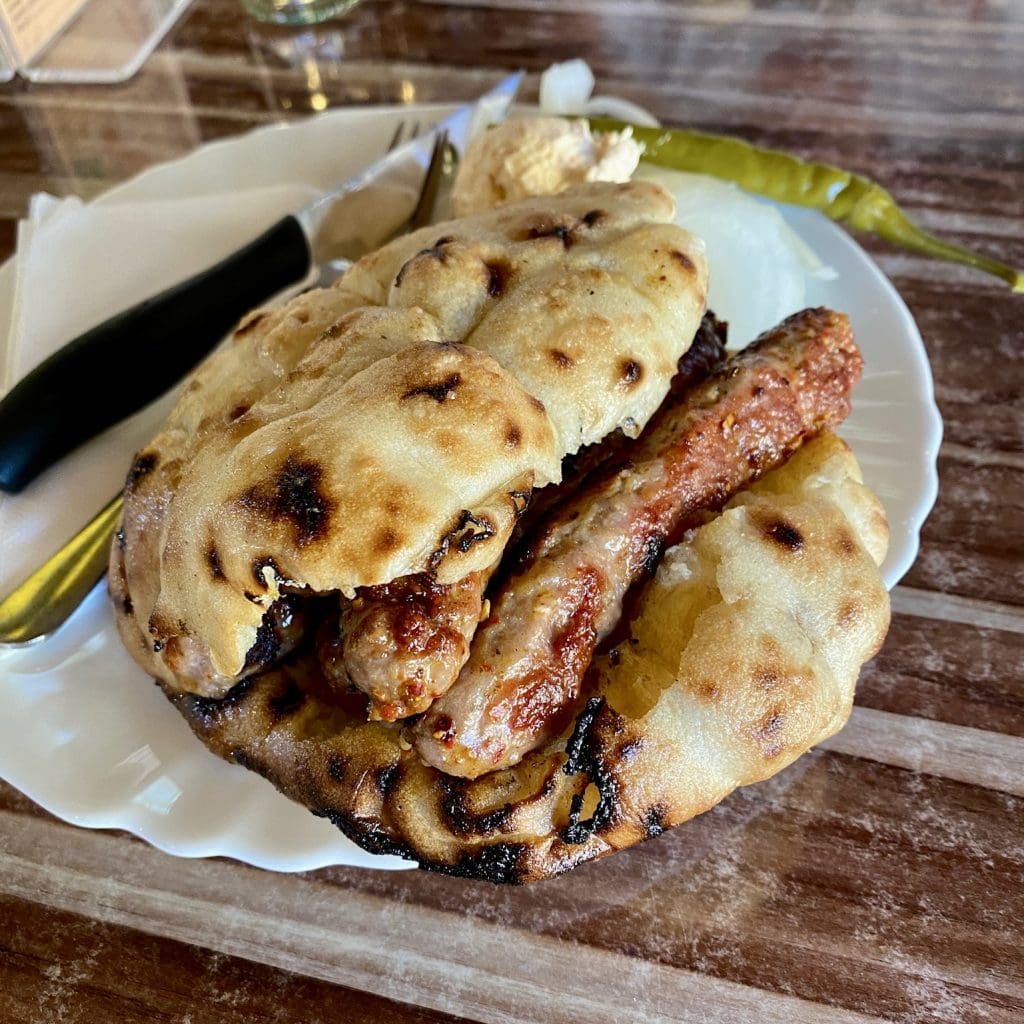
Try Some Unique Cheese from Bosnia and Herzegovina
The very same monastery makes unique cheese, which can only be found in France, Belgium, and Bosnia and Herzegovina. The monastery is located only 6 kilometers out of the city and can be visited by car or by taking a scenic bicycle ride. There you can fuel up on cheese, sample locally distilled rakia, and ride back with edible souvenirs in hand.
Banja Luka’s foodie scene does not only make you work for the delicacies with a bike ride or a hike but also is very unique. Here are some of our favorite restaurants we visited in Banja Luka.
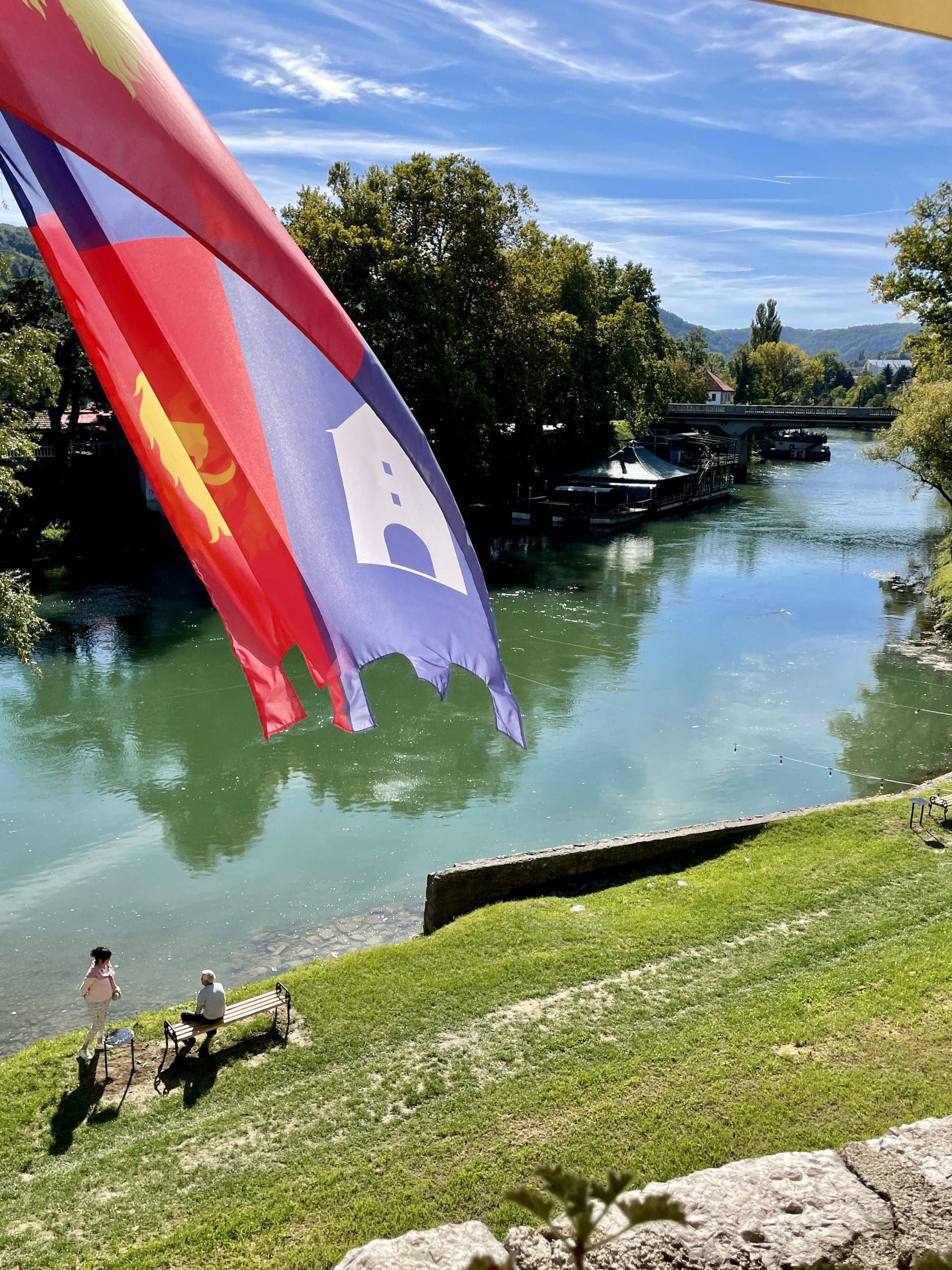
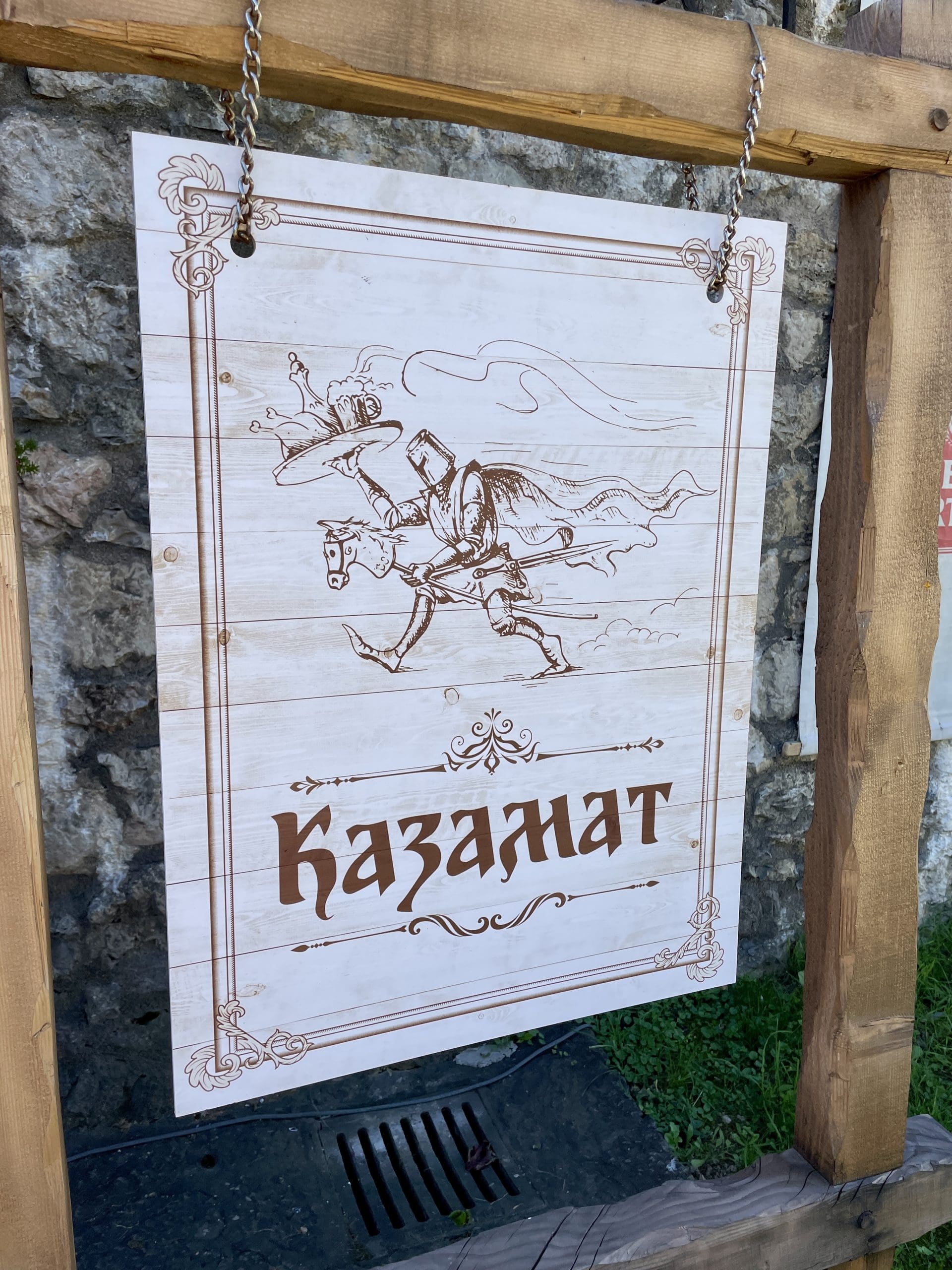
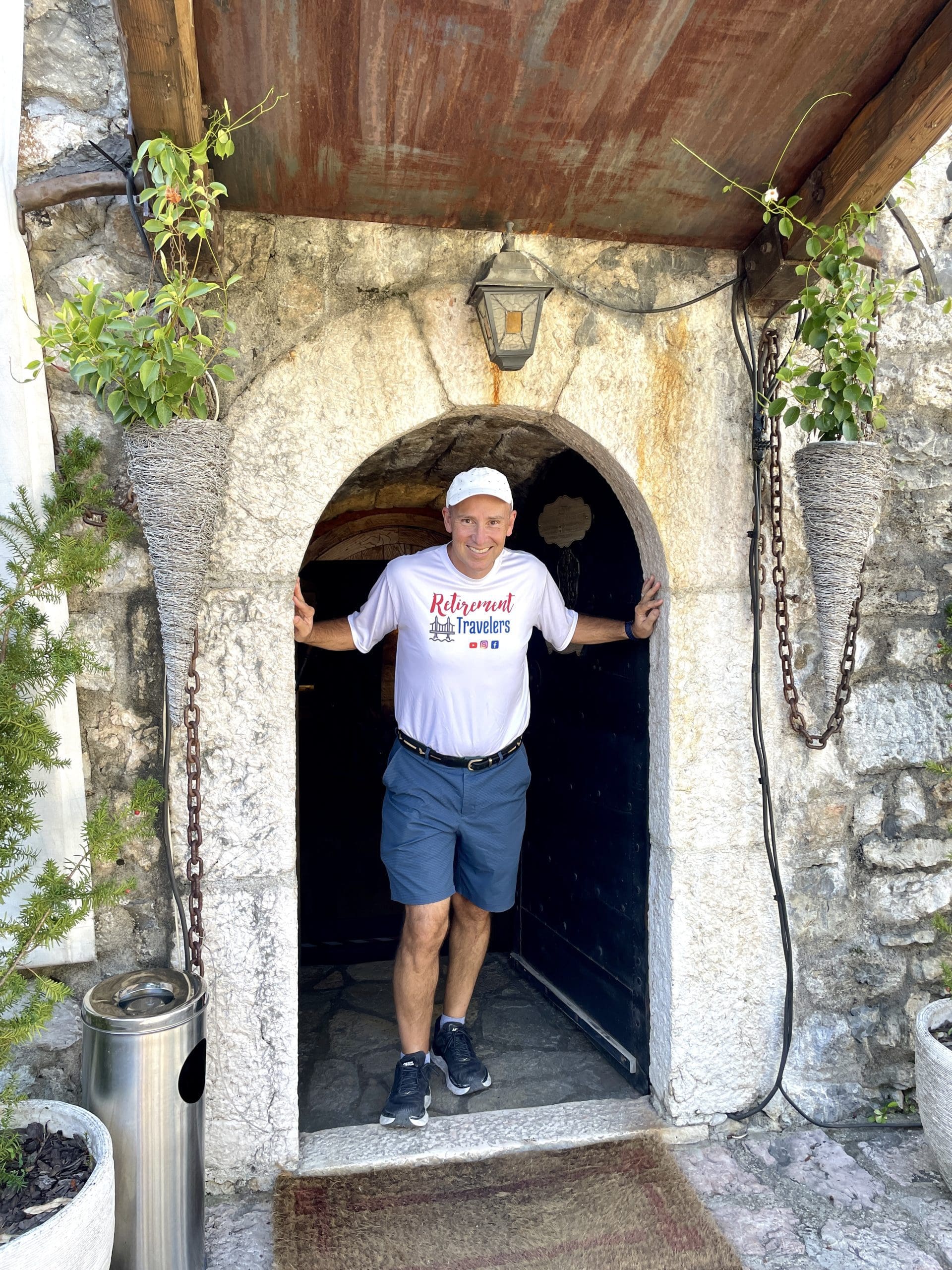
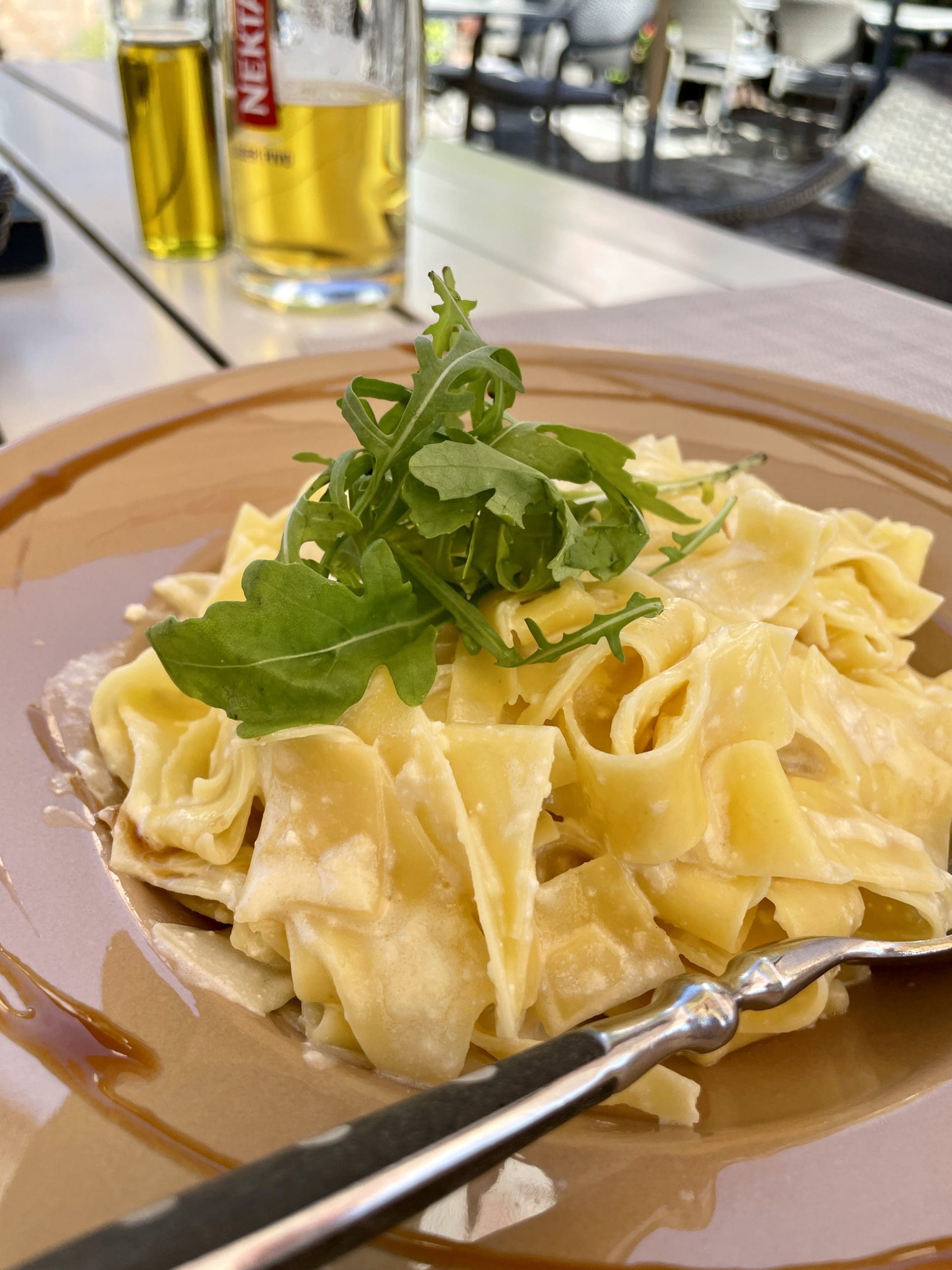
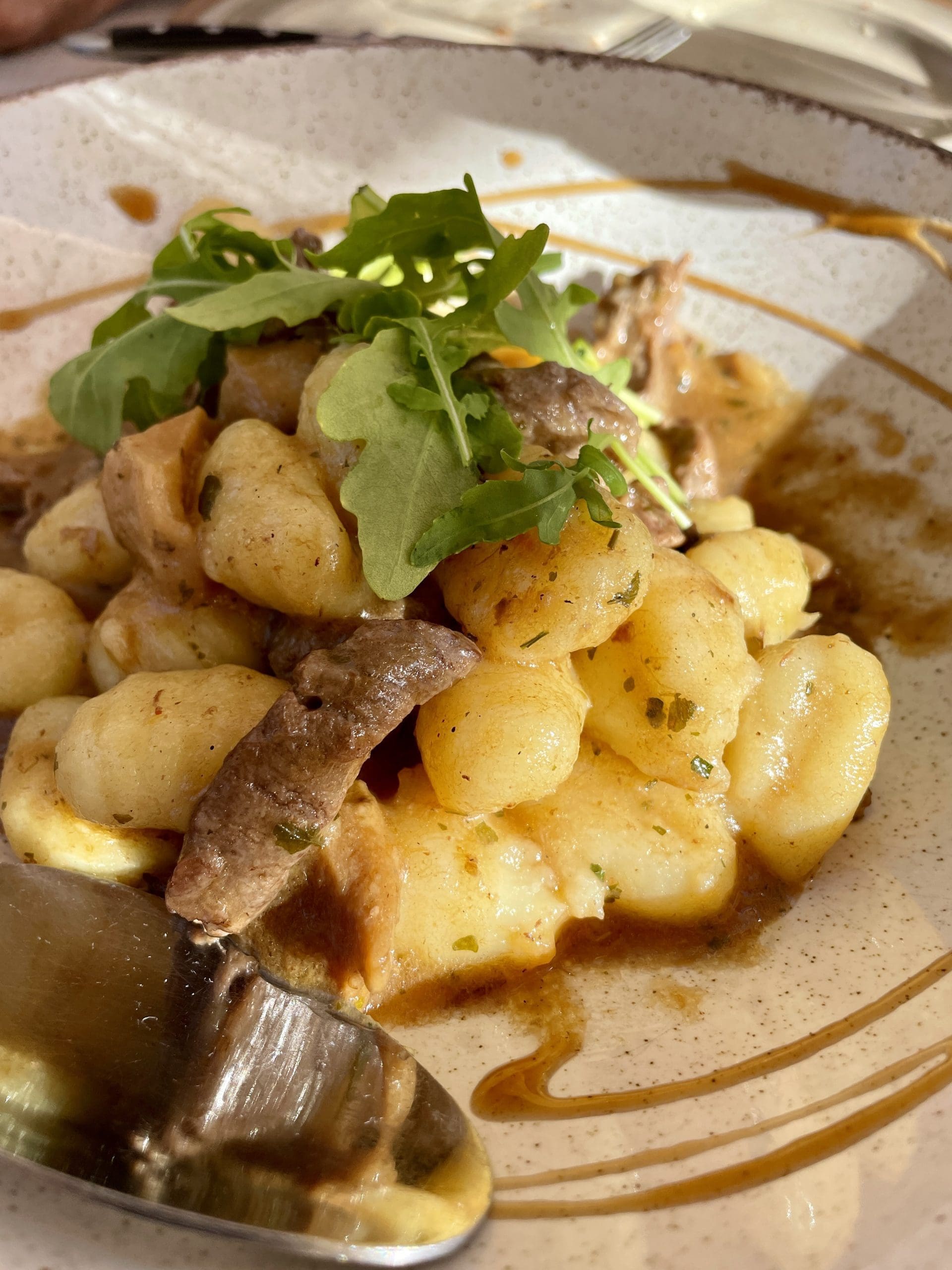
Kazamat is one of the oldest restaurants in Banja Luka. It is located inside the Kastel Fortress and decorated in the medieval style. As you enjoy traditional dishes, you are serenaded by the rambling of the river and stunning views from the terrace.
Mala Stanica serves a fusion of local and European dishes with a French influence. It is a fine dining style restaurant, set inside a 19th-century train station, so save it for a special evening. The outdoor terrace is charming on warmer nights, but the extensive wine list is a sure way to remedy that.
If your taste buds ask for familiar favorites, Picerija Kod Brke’s selection of Italian dishes will not disappoint, and the quirky interior design will delight the eye.
5. The Spirit of Banja Luka
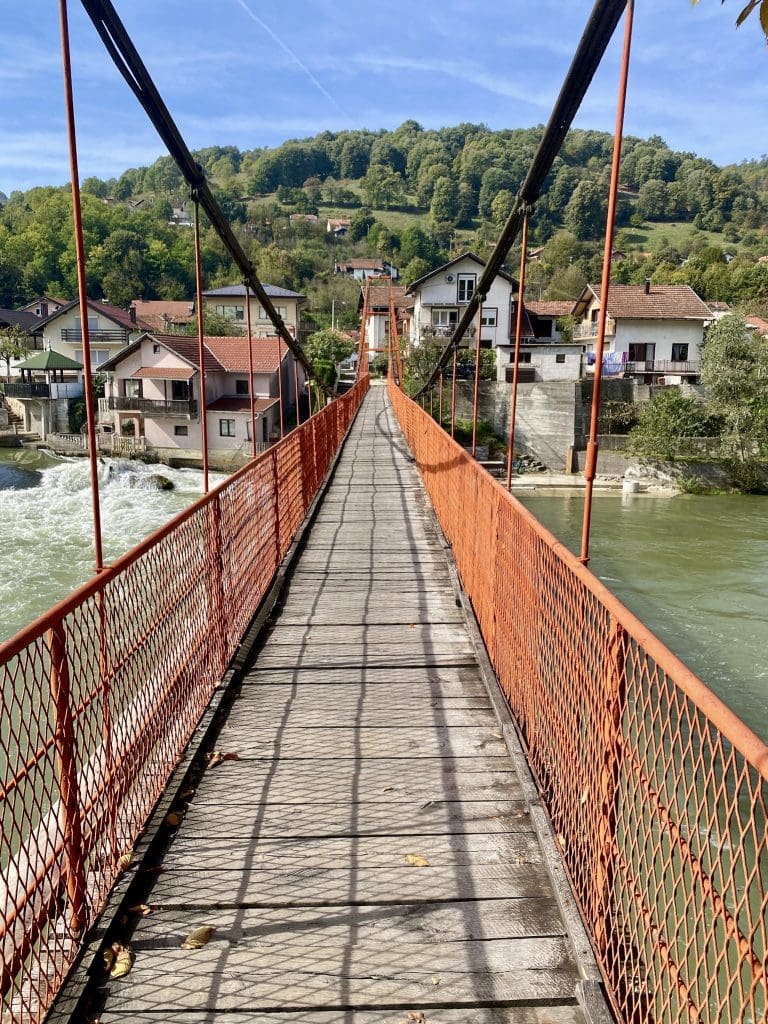
Banja Luka is not a place you come to for the “top ten Instagram photo spots.” It is a place for “must-see bucket list experiences.” Unfortunately, most of its cultural heritage was destroyed in past conflicts. What remains and what was rebuilt can be seen in a few days. But what keeps visitors lingering is the attitude to life oozing from its people, noticeable in other Balkan countries (link), experiencing a rebirth after destruction. Although modest, Banja Luka is an elegant city with so much depth that a few days won’t do it justice.
Best Time to Visit Banja Luka
We have linked a great website to this button showing the weather for this location by the month. Clicking the below will take you to Weather-and-Climate.com.

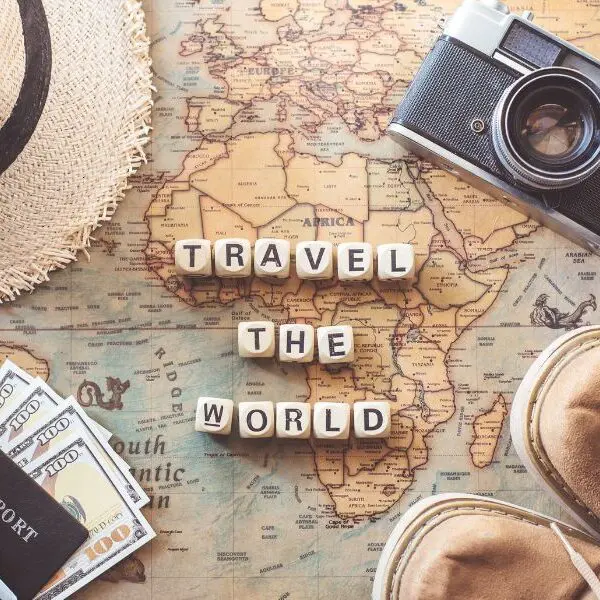
Leave a Reply